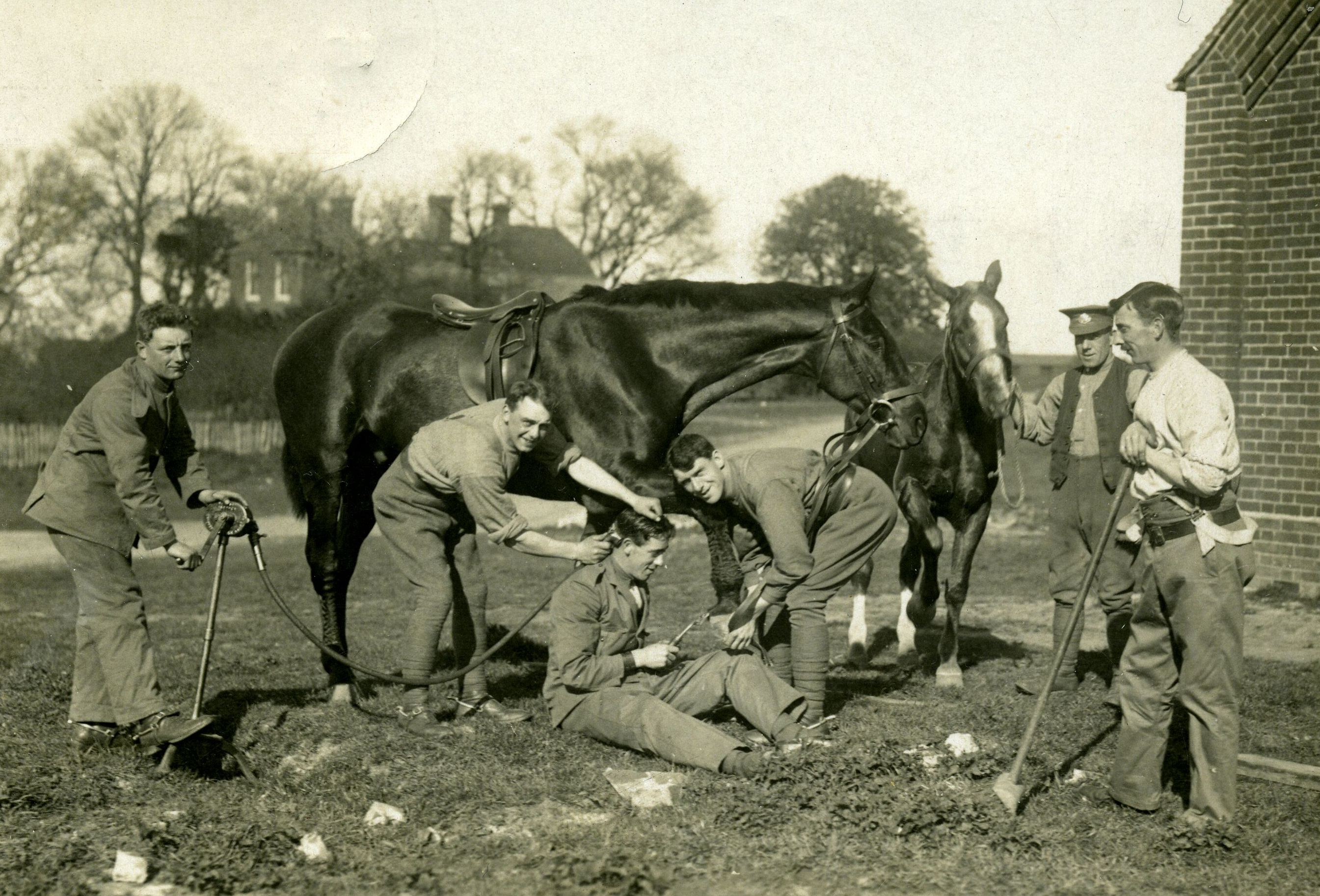Local Case Study: Oxford
Our ‘Map of Sites’ continues to grow and we are now gaining insights into how the First World War affected villages, towns, and cities throughout the country. Recording First World War sites may allow you to create a Case Study which will help build up a picture of the home front in your local area.
This case study is about the City of Oxford and those places directly involved in the Home Front. You can explore these places and others in more detail by looking at our UK map of sites www.homefrontlegacy.org.uk and follow the web links in this feature. You may well be able to add more places and stories about Oxford for the Home Front Legacy project.
“From Belgian refugees at St John’s College to the conversion of the William Morris car factory in Cowley into a centre for production for mine sinkers, from practice trenches in Wallingford to the Women’s National Land Service Corps in Blenheim Palace, Woodstock, the war was everywhere. Although academic studies continued for those students who didn’t sign up to fight, Oxford during World War 1 was a city transformed.” Oxford in WW1 Cherwell

Before the long vacation of 1913 Oxford University housed approximately 3,000 undergraduates and 100 postgraduate students. By 1916 this number had dwindled by 72% to 550, and by 1918 numbers were only 12% of the total.
Many students applied for commissions as junior officers, with about 170 joining the Oxfordshire and Buckinghamshire Light Infantry by the end of 1914. 14,561 men are listed in the Oxford University Roll of Service, the vast majority served as lieutenants and captains in the army.
Some Key Places
The University
The University colleges were pressed into service, being used as hospitals and for cadet training. The sounds of undergraduates were replaced with those of military cadets and marching boots. The University housed the Third Southern General Hospital with many of the colleges and public buildings requisitioned for the war effort. (See Home Front 1914-18 Hospital Locations: Oxfordshire Case Study)
Cowley Barracks
Cowley Barracks, built in 1876, was the main recruiting centre for the Oxfordshire and Buckinghamshire Light Infantry. In the first year of the war alone, over 10,500 men joined up at the Barracks to be dispatched to various units of the regiment.

Cowley Barracks circa 1910 (image in public domain)
Site of Cowley Barracks 2016
Port Meadow Aerodrome
Port Meadow Aerodrome, Wolvercote Oxford.
Port Meadow lies on the outskirts of Oxford. In 1916 the site became a base for the training of Royal Flying Corps pilots and observers. It was linked to Pembroke College the location of the RFC No 2 School of Military Aeronautics.
New facilities were built including an access road. The aerodrome closed in 1919.
William Morris
William Morris had a small local car making business in Cowley in 1914. He managed to adapt his business into one providing military supplies.
To start with he received a small contract to make grenades but in 1916 he gained a contract to make mine sinkers. This device allowed mikes to be sunk at the correct depth below the surface.
Oxford University Press
Oxford University Press continued production throughout the war, including secret document printing. More than half the workforce served their country with their places being taken by women.
Over to you!
We would welcome your own local research to put more places on our Home Front Legacy Map of Sites. Over to you!
You can also explore the records in the Oxford area further on our ‘Map of Sites’.
Links
You can find out more about Oxford during World War One through the links below-
BBC Oxford and the Home Front during World War One- www.bbc.co.uk/programmes/p01p34xg
Oxford during World War One, Cherwell Archive- www.cherwell.org/2014/07/28/oxford-in-world-war-i/
University of Oxford WW1 Centenary- www.ox.ac.uk/world-war-1
Wolvercote Aerodrome http://greatwar.history.ox.ac.uk/wp-content/uploads/2016/06/Aerodrome-history-overview-July-2015.pdf
WW1 Centenary events, Bodleian Library- http://ww1centenary.bodleian.ox.ac.uk






